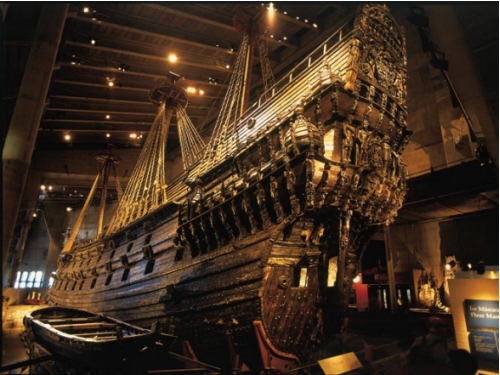In
Greek mythology,
Nike (
Greek: Νίκη, pronounced
[níː, post: kɛ, member: ː"], meaning
Victory), was a
goddess who personified
triumph throughout the ages of the ancient Greek culture. She is known as the Winged Goddess of Victory. The Roman equivalent was
Victoria. Depending upon the time of various myths, she was described as the daughter of
Pallas (Titan) and
Styx (Water), and the sister of
Cratos (Strength),
Bia (Force), and of
Zelus (Rivalry). Nike and her siblings were close companions of Zeus the dominant deity of the Greek pantheon. According to classical (later) myth, Styx brought them to Zeus when the god was assembling allies for the
Titan War against the older deities. Nike assumed the role of the divine
charioteer, a role in which she often is portrayed in Classical Greek art.
Nike is seen with wings in most statues and paintings, to remind people that victory is fleeting. Most other winged deities in the Greek pantheon had shed their wings by Classical times. Nike is the Goddess of strength, speed, and victory. Nike was a very close acquaintance of
Athena.
[1] Nike is one of the most commonly portrayed figures on Greek coins.
[2]
Names stemming from Nike include
Nicholas ("Victory of the people"), Nick, Nils, Klaas and Nicola.





 I really want to go to the some of the ancient sites too.
I really want to go to the some of the ancient sites too.